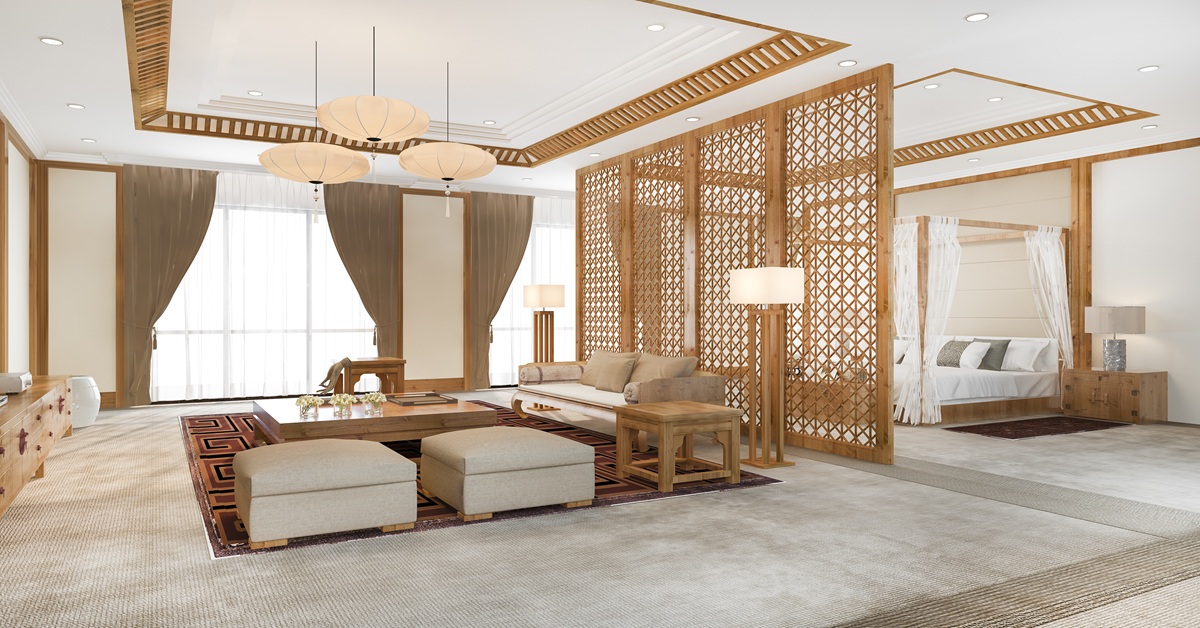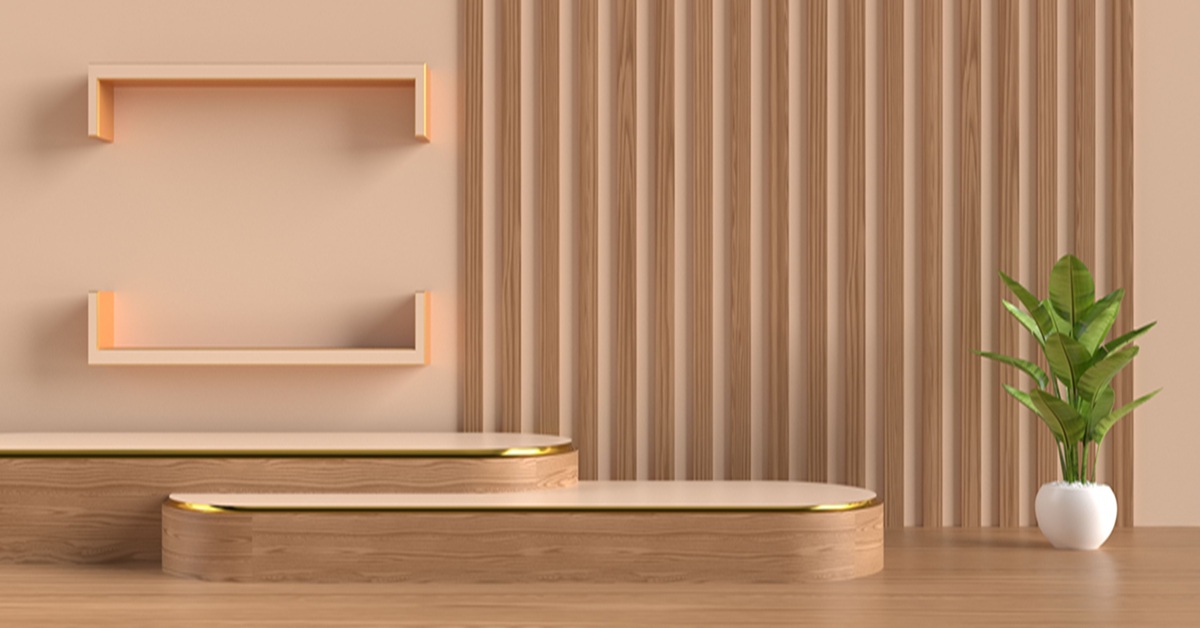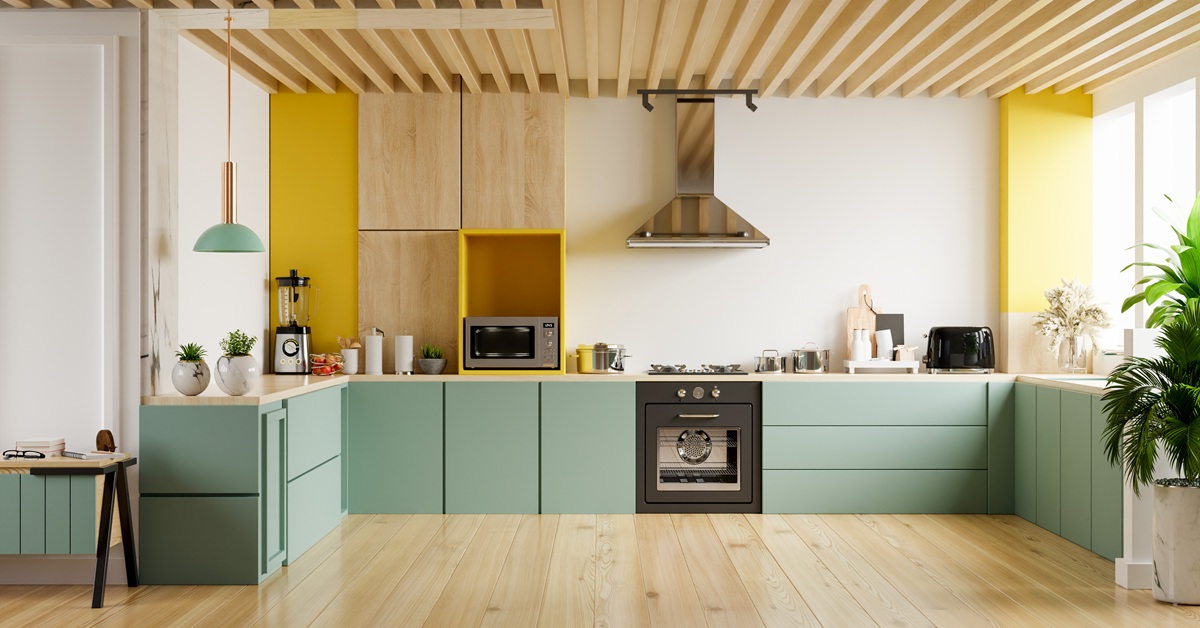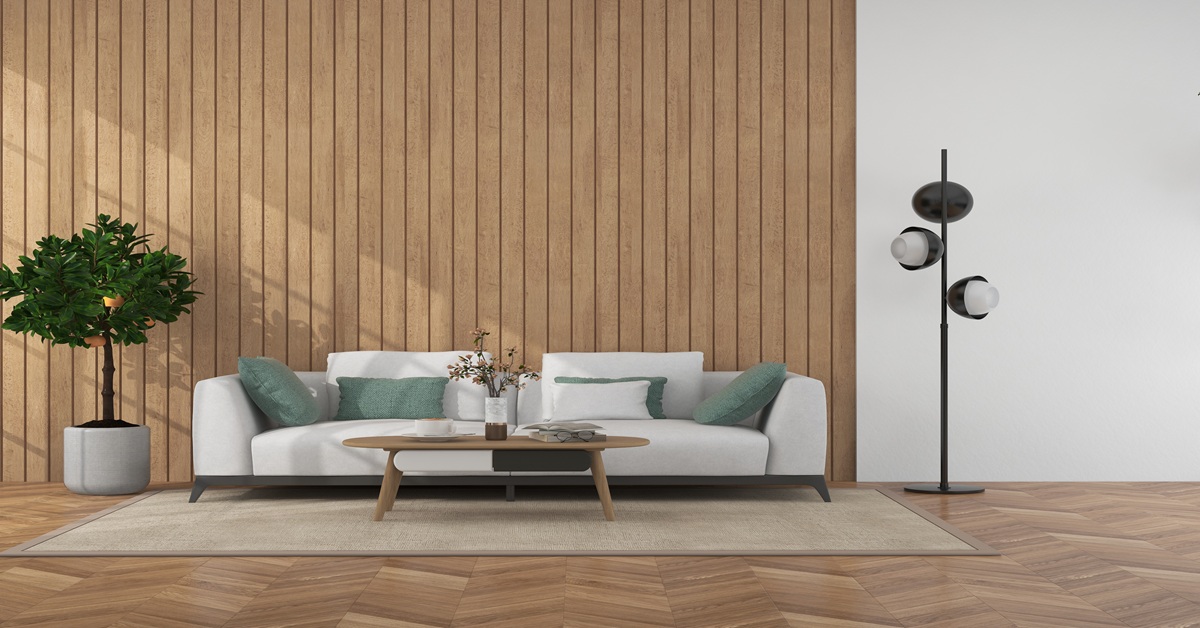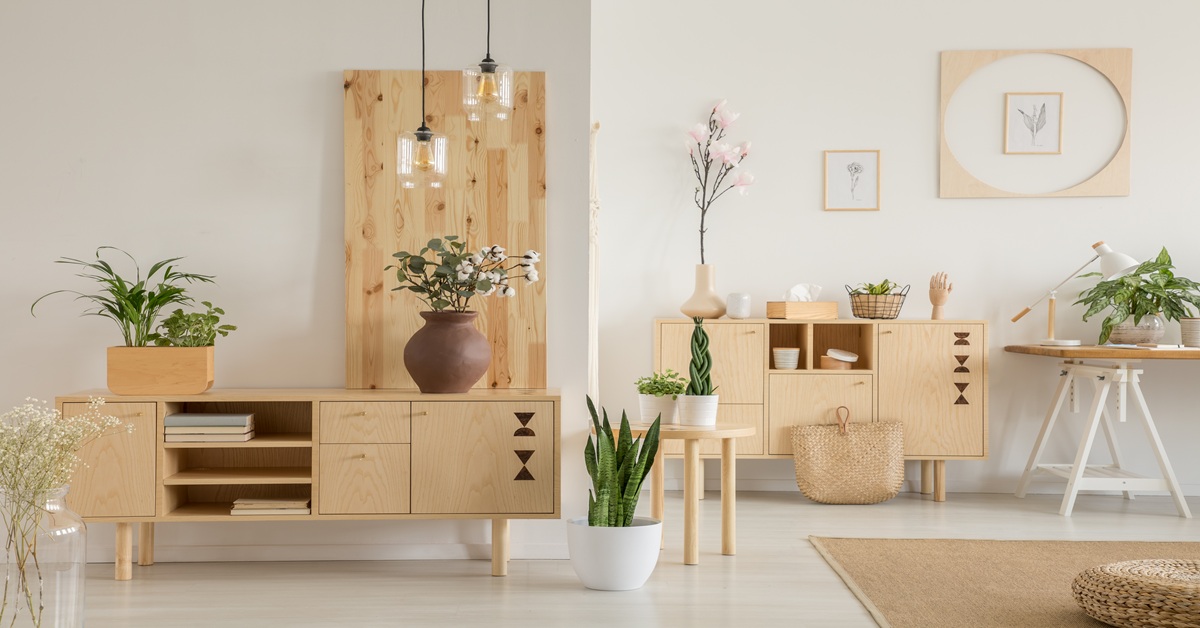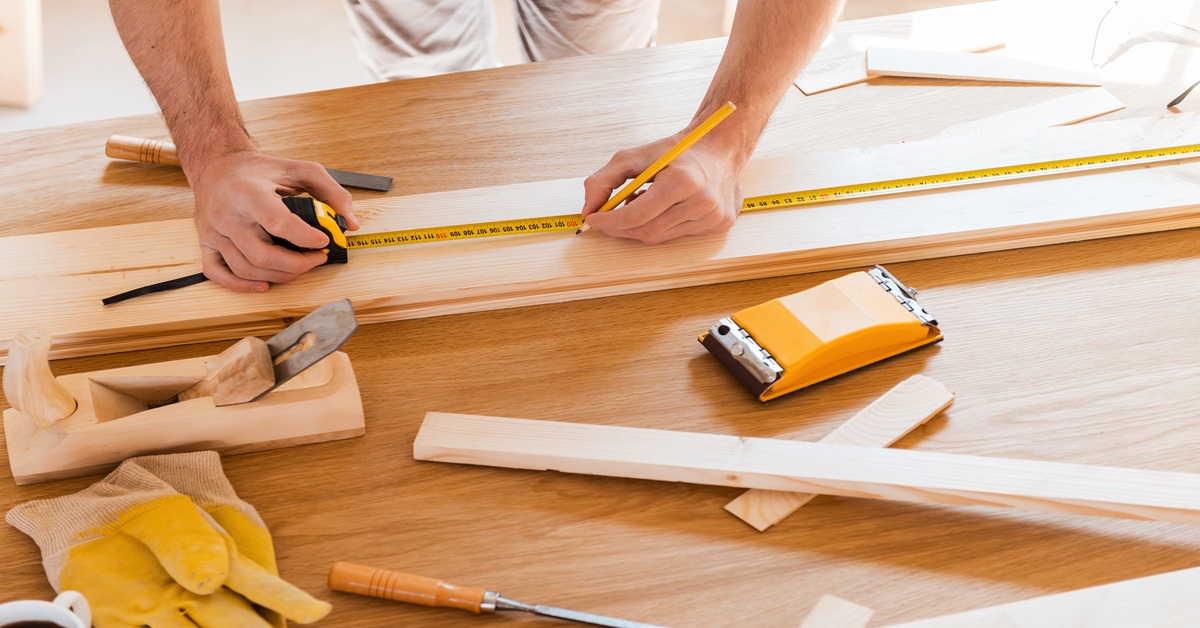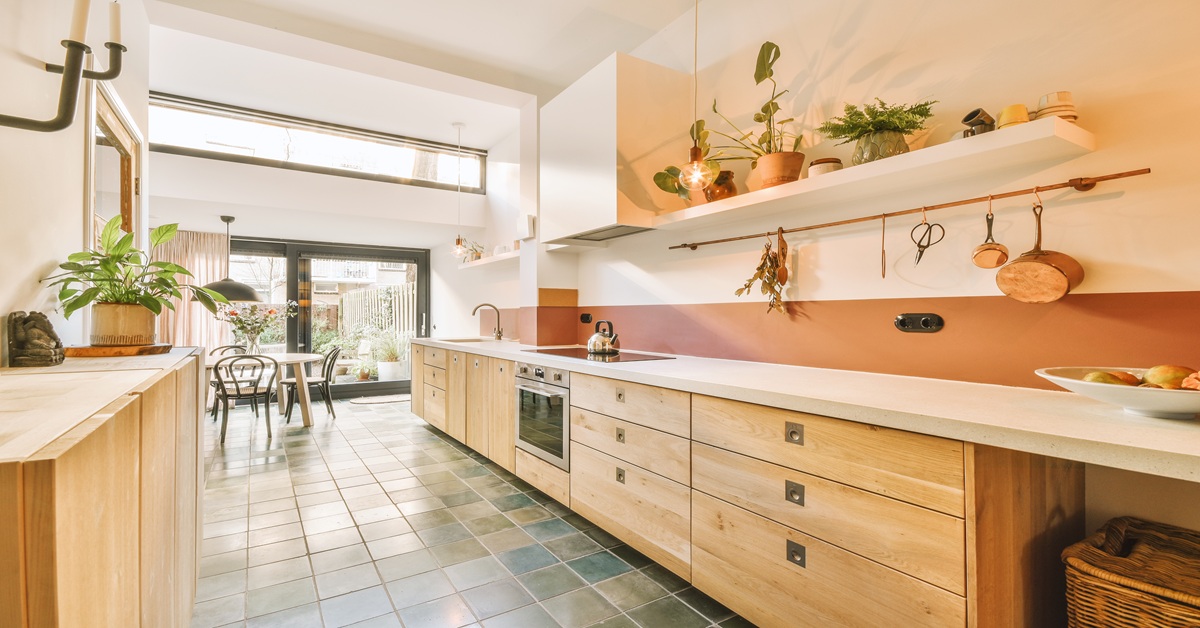Introduction
Often the centre of a house, the living room fulfils several purposes, including entertainment, leisure, and maybe even a dining room or home office. Identifying these separate zones in open-plan architecture can improve both appearance and utility. Here is where the original partition design for the living room is important. Beyond only separating areas, a well-considered partition can provide architectural interest, provide seclusion, control light and noise, and even act as a decorative element. Investigating living room unique partition design concepts helps you to customise your area to fit your particular requirements and style, thereby producing a more ordered and aesthetically pleasing surroundings. Whether your design statement is bold or you want to gently define regions, the correct partition will help your living room to be a very flexible and unique environment.
Table of Contents
Sliding Glass Panels: Sleek and Space-Saving
Wooden Slats and Screens: Natural Warmth and Modern Style
Multifunctional Shelving Units as Partitions
Metal and Industrial-Inspired Divider Ideas
Fabric and Curtain-Based Partitions for Flexibility
Partition Ideas for Small Living Rooms
Sliding Glass Panels: Sleek and Space-Saving
Sliding glass panels provide a sleek and space-saving answer for a modern and stylish way to split your living area. These divisions give the separated sections a visual link and give flexibility to establish privacy or open the space as needed. Glass’s transparency lets natural light flood the living room without restriction, therefore preserving a brilliant, airy impression even with closed panels. To vary the degree of privacy and provide visual interest, use different kinds of glass, for example, textured, etched, or frosted.
Dividing a living room from a dining area or a home office nook calls for sliding glass panels. The panels may be simply slid open to create a bigger, cohesive area for entertainment. Closed to create separate zones, privacy or noise reduction can be sought. Additionally, a great solution for tiny living rooms is the glass panels since their thin profile guarantees they do not occupy too much floor space. Sliding glass partitions’ simple lines and understated look fit modern interior design trends, therefore providing some elegance and utility.
Looking for a unique living room partition design? Explore inspiring ideas and quality plywood at Wigwam Ply!
Wooden Slats and Screens: Natural Warmth and Modern Style
Adding natural warmth and a bit of modern design, wooden slats and screens provide an aesthetically pleasing method to divide your living space. Usually involving vertical or horizontal configurations of wooden strips, these designs provide a semi-open barrier allowing light and air to flow while also separating. The natural warmth and texture of the wood make wooden dividers beautiful, this will help the living area to seem cosy and inviting. From rustic and natural to sleek and modern, varying wood species, finishes, and slat widths can be combined to create a range of visual impacts.
A spacious living room’s several zones, including isolating a reading nook from a seating area, can be gently defined with wooden slat barriers. They might also provide a stylish backdrop for artwork or furnishings.
Often with complex cut-out designs, wooden screens can be ornamental focal points and offer some visual privacy. Wooden slats and screens semi-open character guarantee that the split spaces still seem connected, therefore preserving their sense of spaciousness. Particularly ideal for adding natural elements into contemporary homes is this kind of creative divider design in living rooms.
Multifunctional Shelving Units as Partitions
Using versatile shelving units as separators offers a very practical and space-efficient method of living room distinctive partition design. These pieces have two uses: they provide storage as well as a visible or physical boundary between several living room sections. Open shelves let light and air flow through while yet establishing clear zones. Units of closed shelves provide extra solitude and can help to hide clutter. Using shelves as a divider has great beauty in terms of practicality, it maximises the use of the partition itself by giving books, décor, media equipment, and more valuable storage capacity.
To get the intended degree of separation and visual effect, take the height and depth of the shelves into consideration. While a lower shelf might gently separate areas without totally blocking views, a towering shelf can produce a clearer division. From elegant and sophisticated metal frames with glass shelves to warm and rustic wooden units, the shelf style can also be selected to accentuate the décor of your living area. Smaller living areas where optimising storage space is essential benefit from multifunctional shelf partitions, especially.
Transform your space with a unique living room partition design. Discover versatile options at Wigwam Ply.
Metal and Industrial-Inspired Divider Ideas
Metal partitions provide an arresting and long-lasting living room unique partition design choice for a little of industrial chic or modern edginess. A range of visually appealing divisions can be produced from metal using its natural strength and clear lines. Slick metal frames with openwork designs to more substantial metal panels with perforations or laser-cut patterns are among the choices. Whether brushed steel, matte black, or a strong colour, the metal’s finish greatly affects the whole look.
In a big living room, metal barriers define different areas with a modern flair and make a strong visual statement. Additionally included in more understated designs, they provide a subdued industrial touch. Metal’s durability guarantees that these dividers will resist daily use.
For a mix of sleek and visual openness, think about including glass panels inside metal frames. In loft-style homes or industrial-inspired living quarters, metal barriers can be very successful.
Fabric and Curtain-Based Partitions for Flexibility
Fabric and curtain-based partitions provide a flexible and usually affordable way to divide your living area for maximum adaptability and a softer look. To produce rapid separation or a more open flow, curtains can be simply pulled open or closed.
Light, privacy, and even sound can be managed using a range of textiles, from lightweight and sheer to heavy and opaque. The fabric’s colour, pattern, and texture might also provide the room with some decorative accents.
Making temporary divisions, such as segregating a sleeping area in a studio apartment or designating a cosy reading nook, fabric partitions are very helpful. Providing a dynamic and flexible partitioning solution, they are also simple to install and modify. For a smoother and sophisticated appearance, think of hanging floor-to-ceiling drapes from tracks. While thicker materials might offer more seclusion and sound dampening, sheer fabrics can gently define areas and still let light come through.
Partition Ideas for Small Living Rooms
Successful partitioning in smaller living rooms depends on establishing a definition without making the area seem confined or closed off. Choose unusual concepts for living room divider design that preserve visual openness and let light flow unhindered. Small areas would be ideal for slim-profile sliding glass panels. Another great way to store without totally obstructing views is an open shelf.
To designate areas without generating a strong sense of separation, think about employing partial-height divisions, low walls or screens. Furniture positioned deliberately, such as the back of a sofa, can help gently define several regions. Especially transparent drapes, fabric dividers can provide variable division without really decreasing the area. Small living rooms are meant to be utilitarian areas that retain a light and airy atmosphere.
Conclusion
Maximising the use and beauty of your living area depends critically on choosing the appropriate living room’s unique partition design. Carefully weighing your needs, room arrangement, and personal style will help you select a partition that not only divides space efficiently but also improves the general architectural design. From the sleekness of glass to the warmth of wood, the convenience of shelves to the adaptability of fabric, a great spectrum of choices beckons. Accept your imagination and investigate the options to discover a living room unique partition design that precisely combines style and utility, so turning your living room into a very customised and flexible retreat.
Create a stylish living room with a unique partition design using premium plywood from Wigwam Ply.
FAQs
1. Why should I consider a partition in my living room?
In open-plan living rooms, partitions create separate areas, improve privacy, provide architectural interest, manage light and noise, and can act as ornamental accents.
2. What are unique partition materials?
Beyond conventional wood, think of adding sliding glass panels, metal screens, cloth curtains, or even living plant walls for a distinctive accent.
3. Small living room partition ideas?
To keep a feeling of spaciousness, select visually light choices like glass or sheer cloth or multi-functional separators like shelf units for storage.
4. Can a living room unique partition design reflect my personal style?
Sure! From sleek modern designs to rustic timber screens and industrial metal divisions, partitions come in many forms. To fit your décor, you can also alter finishes, colours, and patterns.
5. What to consider when choosing a unique living room partition design?
Think about the goals of the partition, privacy, zoning, aesthetics, the degree of light and airflow you wish to keep, the size of your living room, your budget, and the general design of your house.

